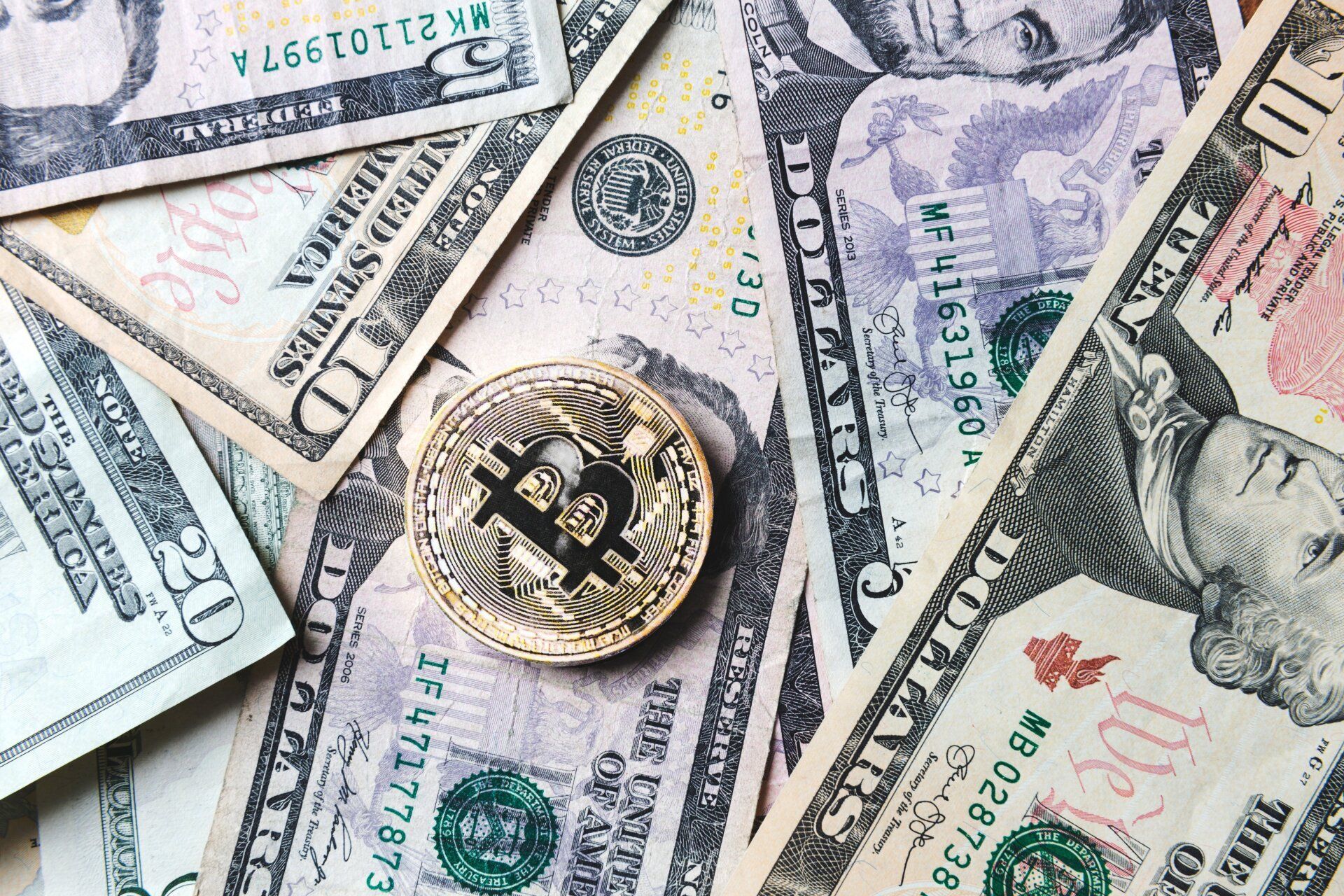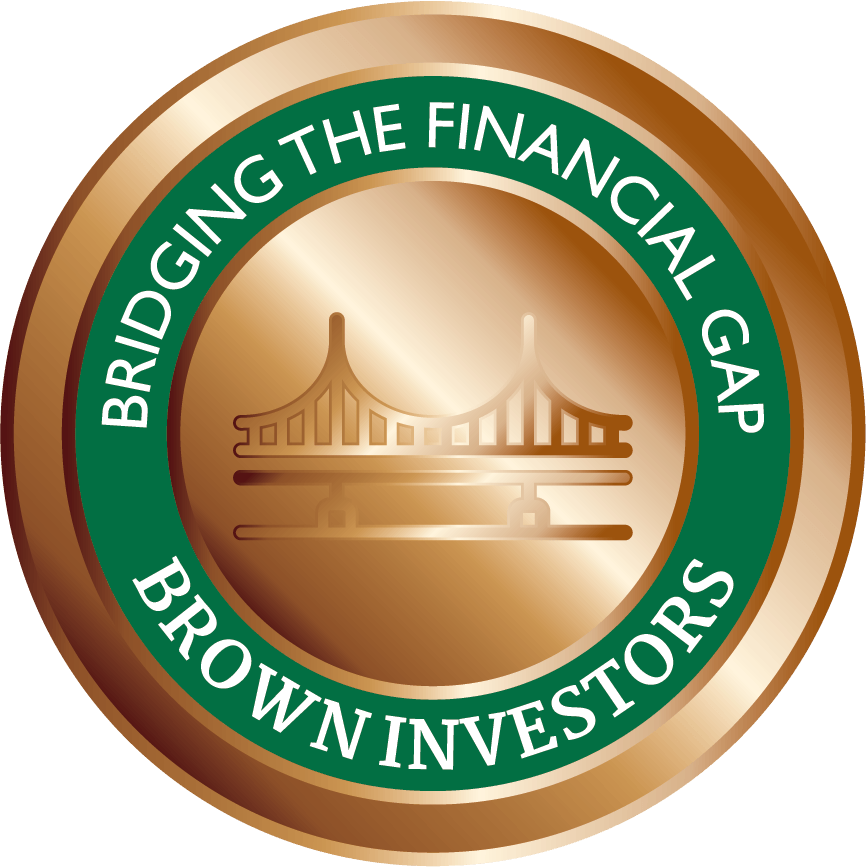What is Market Volatility?
If you follow the market, I'm sure you regularly hear the media reference market volatility. However, have you ever wondered what this truly entails. Well, let's talk about it....market volatility refers to the degree of variation in the price of a financial instrument or the overall market over time. It is a measure of how much the price of an asset or market index fluctuates. Higher volatility indicates that the prices are fluctuating rapidly and by larger amounts, while lower volatility means prices are relatively stable and don't change as dramatically.
A couple key points about market volatility:
- Causes of Volatility: Market volatility can be caused by a variety of factors, including economic data releases, geopolitical events, changes in interest rates, corporate earnings reports, and unexpected news or events.
- Volatility Index: The most well-known measure of market volatility is the CBOE Volatility Index, commonly known as the VIX. It is often referred to as the "fear gauge" and is used to assess investor sentiment and expectations about future market volatility.
- Types of Volatility: There are two main types of market volatility:
- Historical Volatility: This looks at past price movements and measures how much an asset has fluctuated over a specific period.
- Implied Volatility: This is derived from options pricing and reflects market expectations about future price fluctuations. High implied volatility suggests that traders anticipate greater price swings.
- Impact on Investments: Volatility can have a significant impact on investments. While higher volatility can provide opportunities to take profit from price swings, it can also increase risk. Long-term investors may find periods of high volatility unsettling, but they should remember that markets tend to have upward trends over the long run.
- Risk Management: Managing risk in a volatile market is essential. Diversification, using stop-loss orders, and having a clear investment strategy can help protect your portfolio during periods of high volatility.
- Volatility Trading: Options trading is a method that can be used for hedging or speculation during volatile times.
- Market Sentiment: Public sentiment and investor behavior can contribute to market volatility. Panic selling or irrational exuberance can exaggerate price swings.
- Government and Central Bank Policies: Economic policies, interest rate changes, and central bank actions can influence market volatility. For example, the interest rate hikes of which we are currently experiencing affect the cost of borrowing and the attractiveness of different asset classes.
However, market volatility is a normal part of financial markets. While it can create opportunities, it also presents risks. Investors and traders should be aware of these dynamics and adapt their strategies accordingly, whether their goal is capitalizing on volatility or preserving capital during turbulent times.










